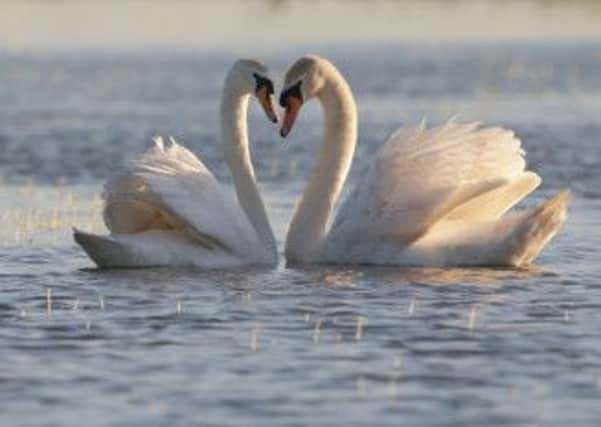COLUMN: Seven swans a-swimming... but just how many types are there?


I hope that you have been enjoying the festive season. If, like me, you’ve been bombarded by carols you may have noticed that the 12 days of Christmas is really quite full of wildlife.
So, I thought for this column, we’d look at one line, the seven swans a-swimming.
Advertisement
Hide AdAdvertisement
Hide AdGuess how many types of swan there are in the world? Yes, you’ve got it. Seven! That’s a happy coincidence if there ever was one. But did you know that at this time of year, you can see three of those species in and around Lincolnshire?
The mute swan is the swan we are all most familiar with, as it lives here all year round. Pure white, with an orange bill and that familiar number 2 shape as it glides through the water. The name ‘mute’ isn’t wholly correct. They do make a range of grunts, hisses and whistles, especially when annoyed. You may not be so familiar with the other two swans, as they are winter visitors. Whooper swans are about the same size as mute swans, but with a black and yellow bill and much less of a curve in the neck. They summer in Iceland and Scandinavia, and come here to escape the harsh winter weather. Bewick’s swans look like smaller versions of the whooper swans, and come down from Siberia.
Another two species of swan live up in the high north, the trumpeter and tundra swans. They are also pure white. However, there are two species of swan that come from the southern hemisphere and they have different colours. Black swans live in Australia and are indeed jet black. Meanwhile black-necked swans live in South America and have white bodies and black necks and heads. Oddly, you are more likely to see them than either tundra or trumpeter swans, as they used to be popular birds to keep on the ornamental lakes of big country houses and some escaped.
Want to see some swans? Well, do pop along to your local nature reserve for your chance to spot a few species. The reserve walks will help work off all those mince pies too!